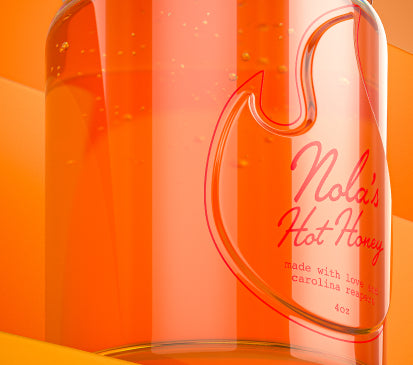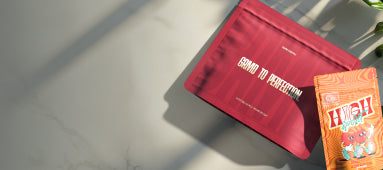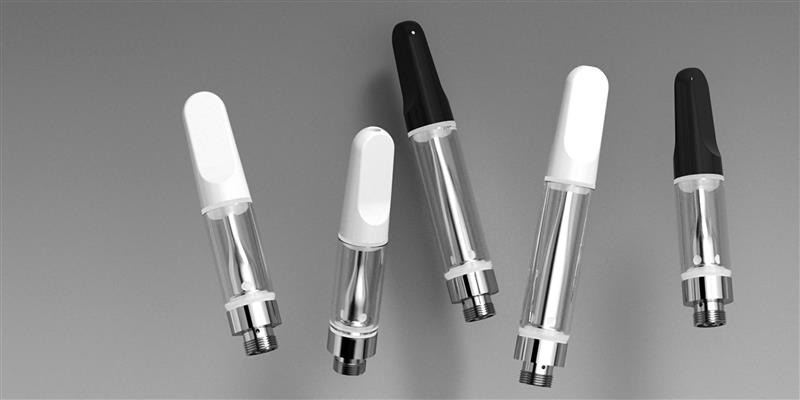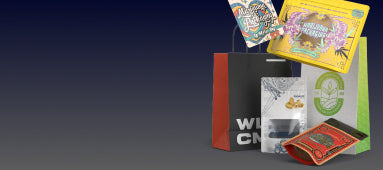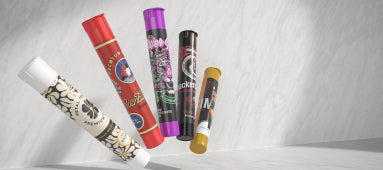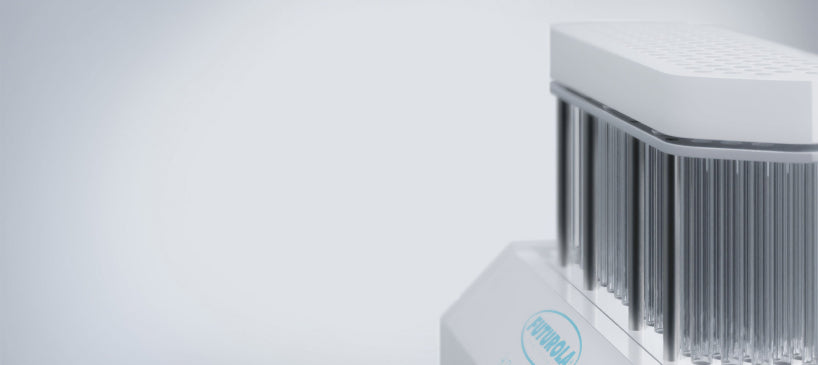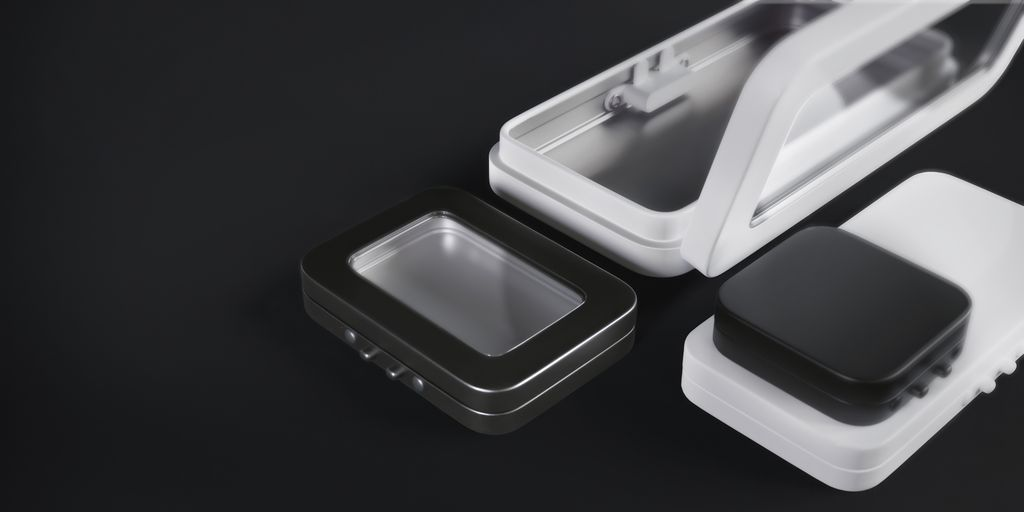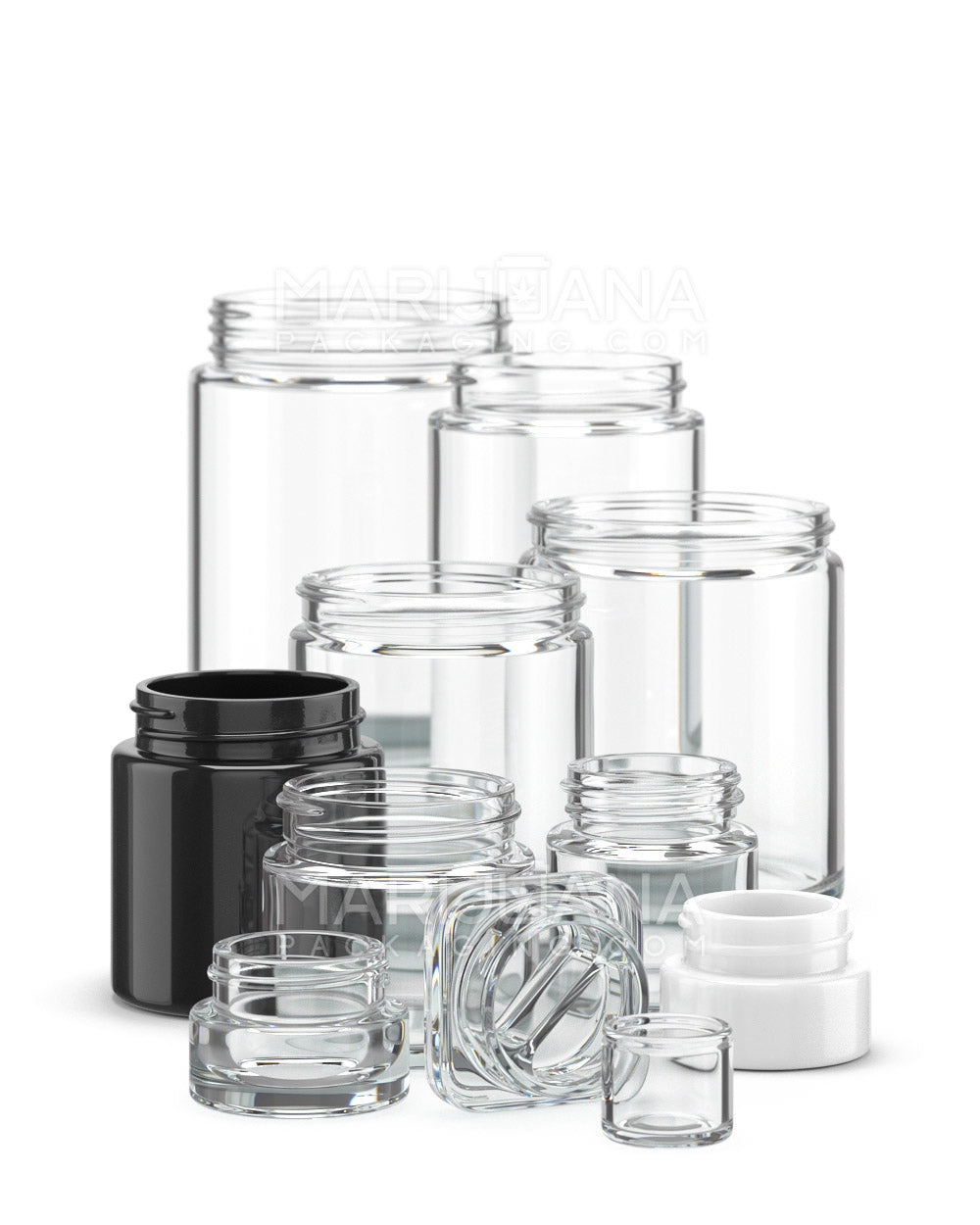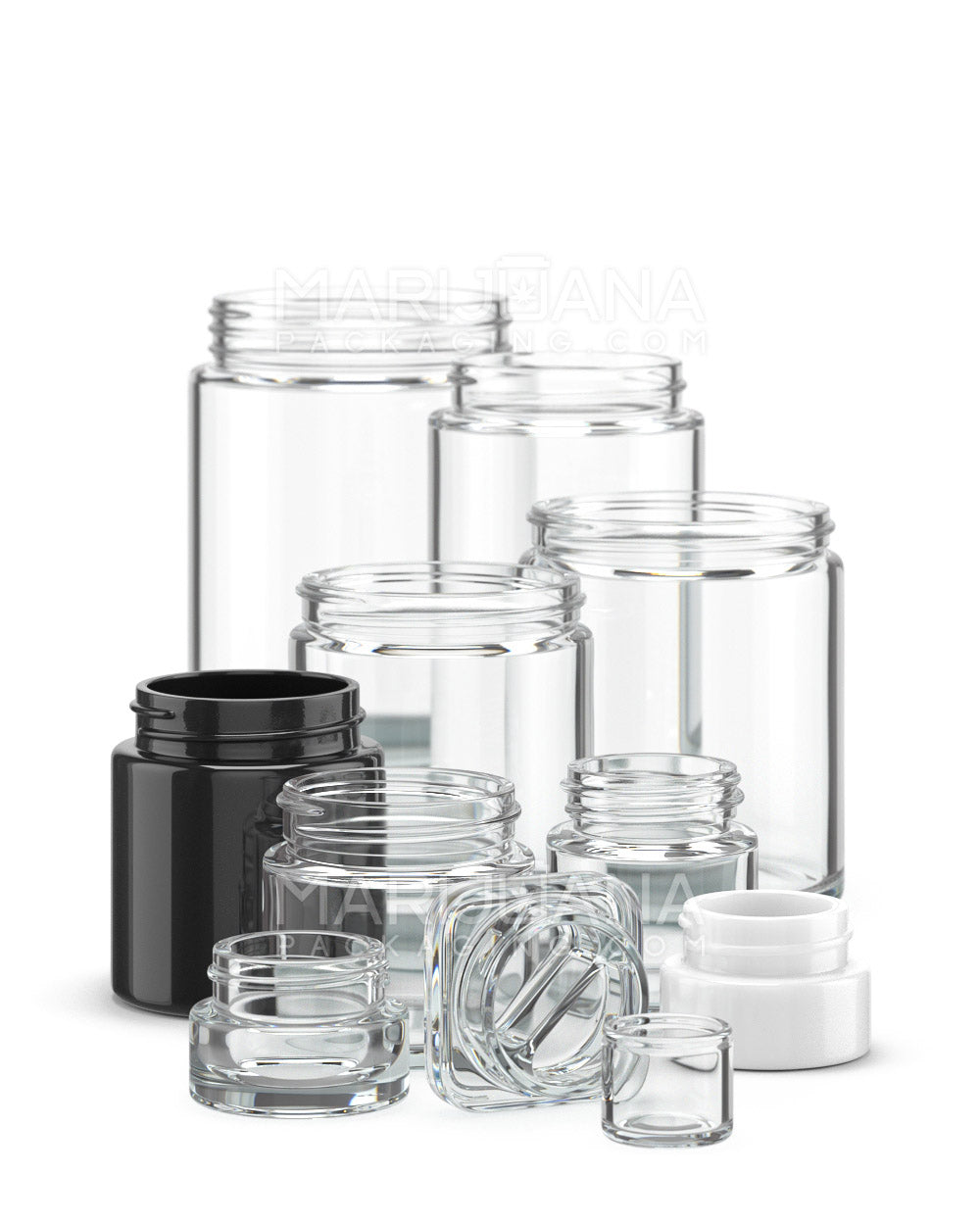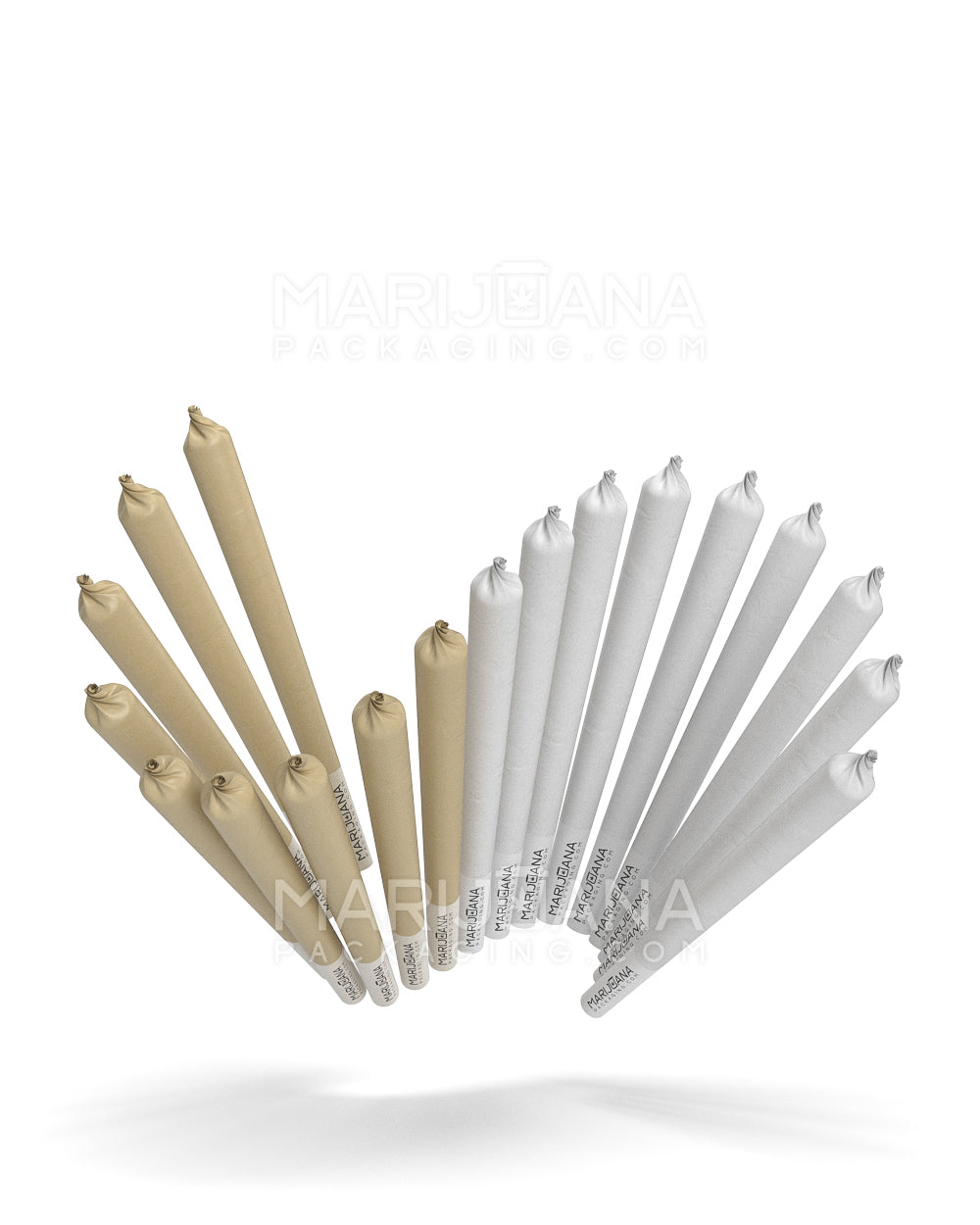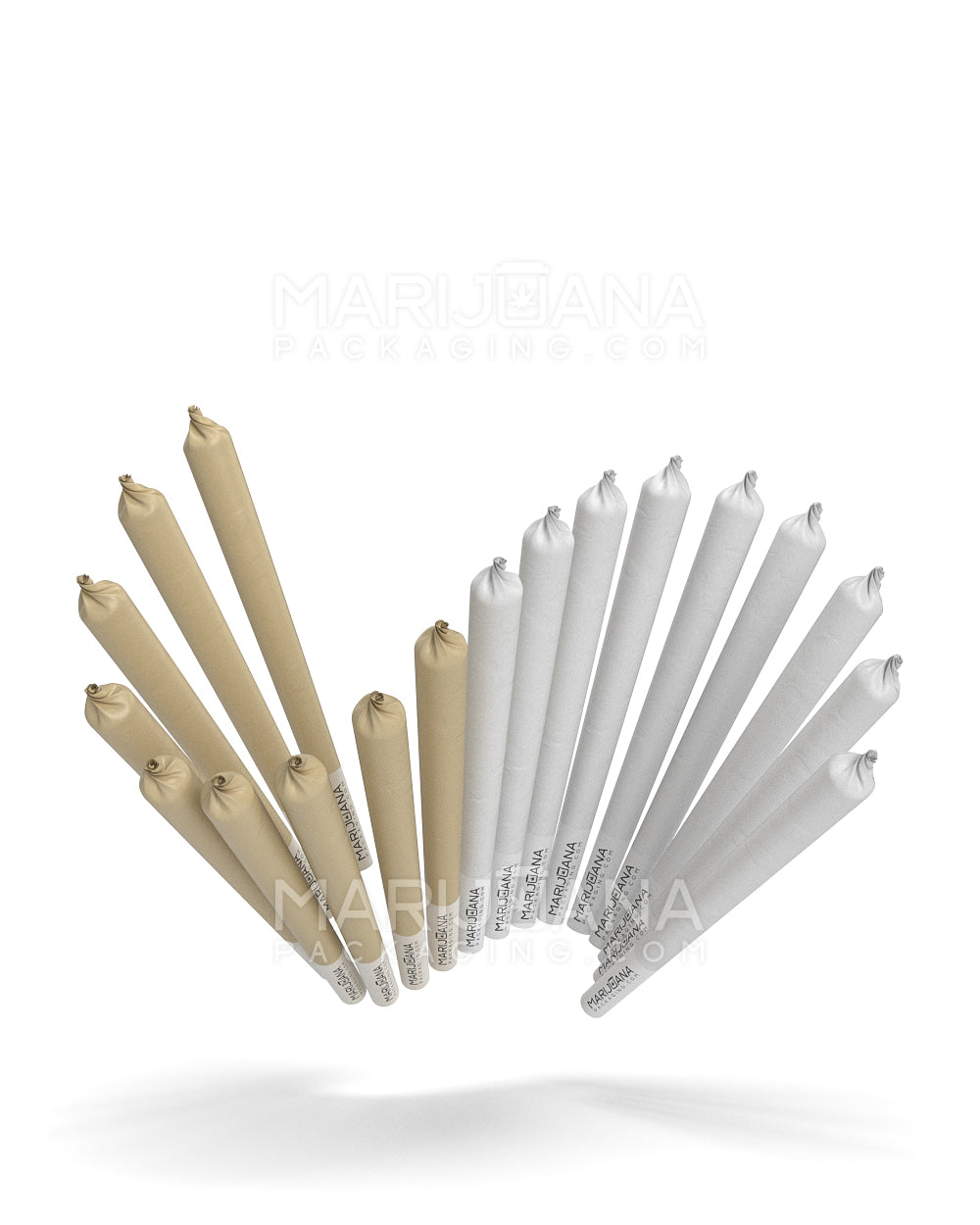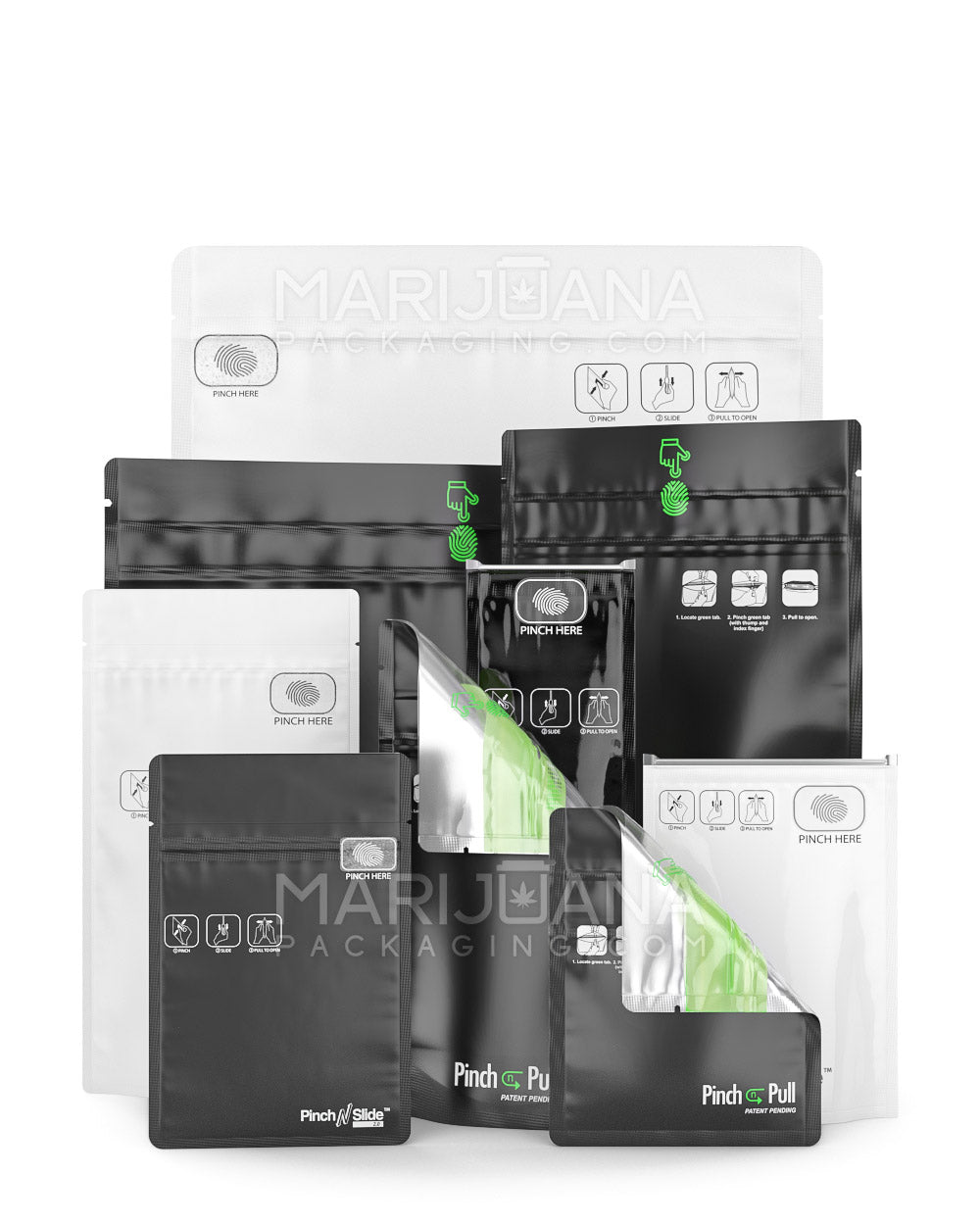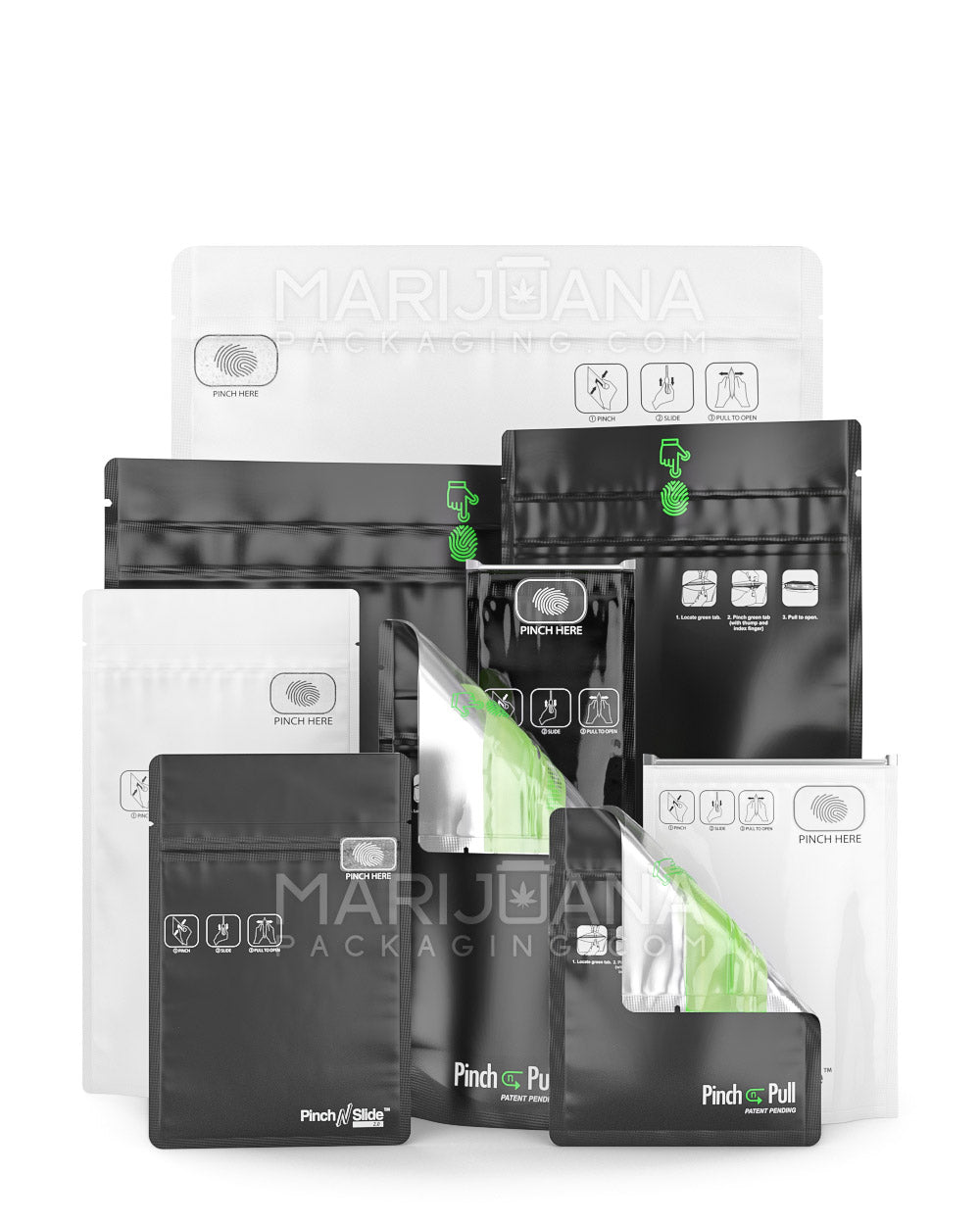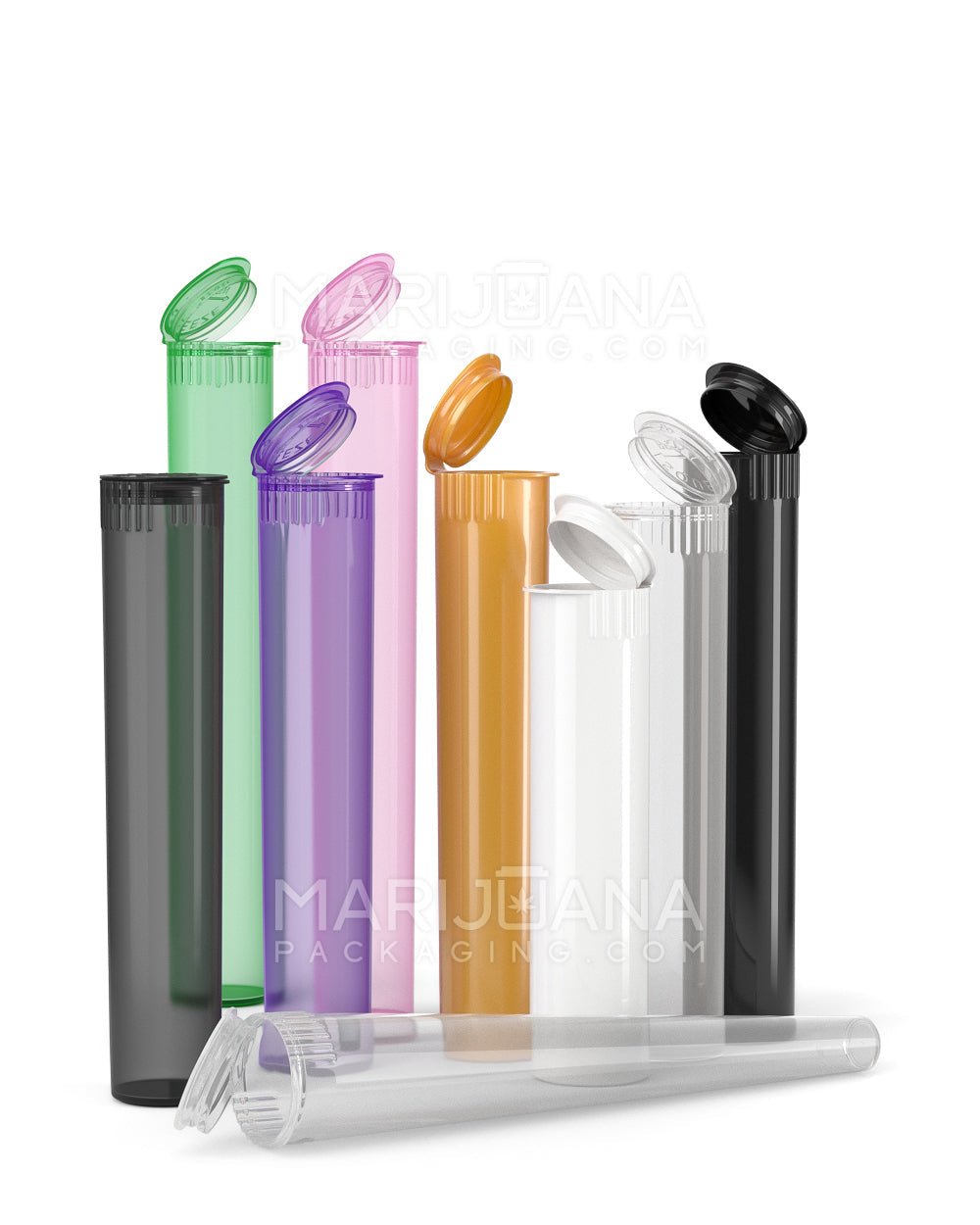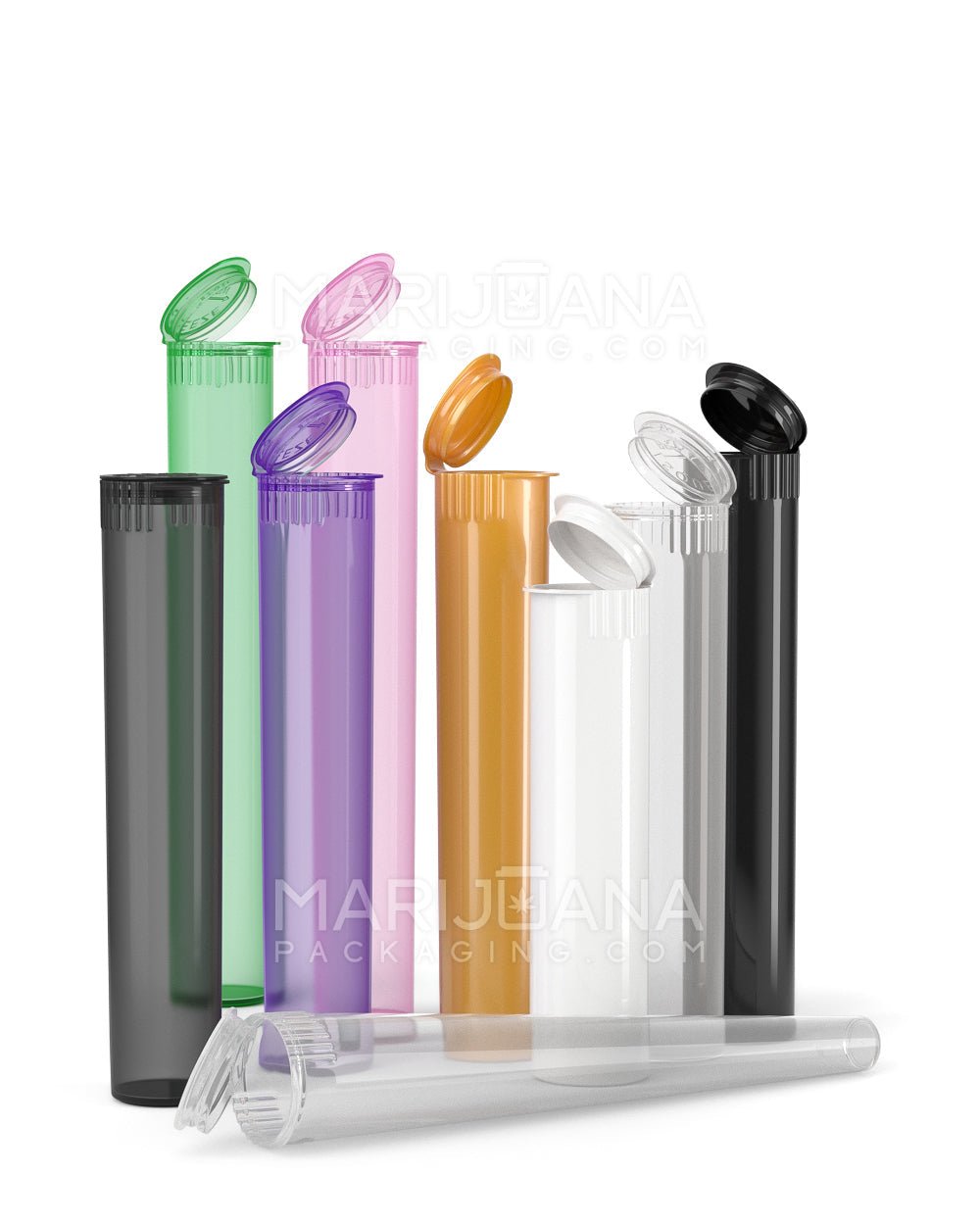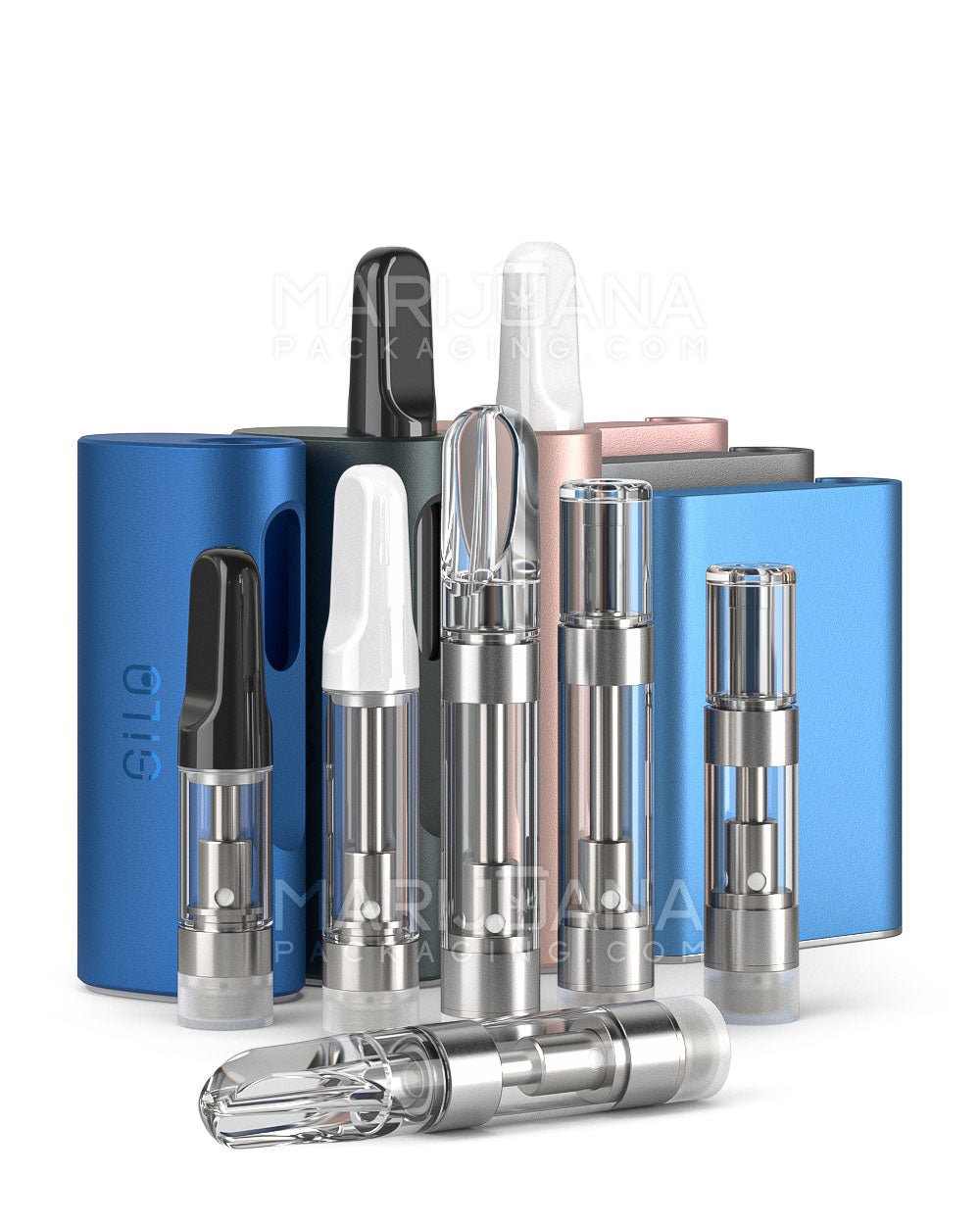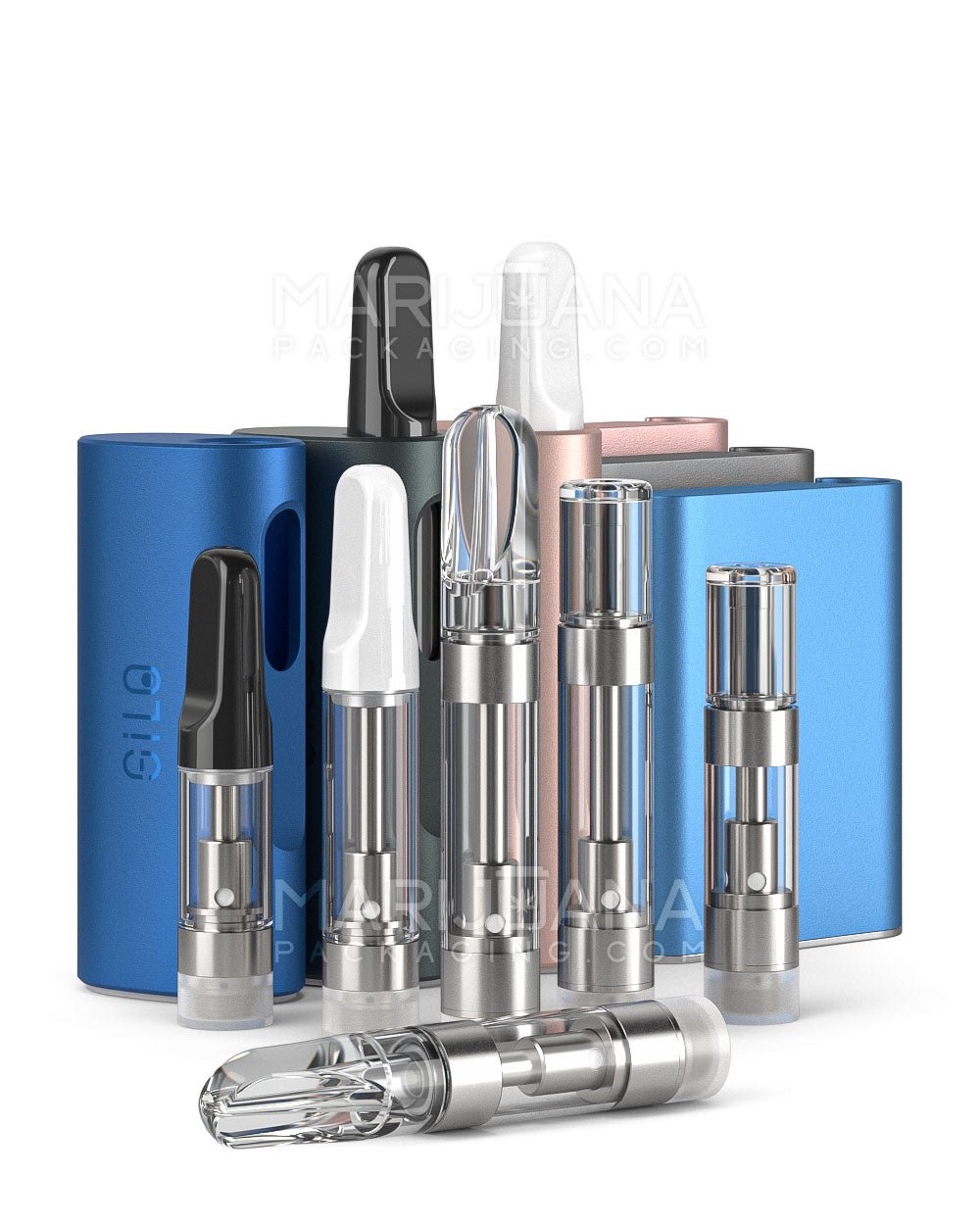Food packaging is a serious business considering the potential consequences of any error. Any business involving food and beverages must be conducted with the utmost regard for safety, preservation, and regulatory compliance. Marketing is also another quality to consider, as packaging often serves that purpose, irrespective of the product.
Whether you own a small or large food or beverage business, the rules are often the same. Get packaging that best suits your products based on their types, industry standards, and consumer appeal. In this article, we will explore the process of choosing the right packaging for food and beverage products. Let’s dive into it.
Qualities to Consider in Choosing the Right Packaging for Food & Beverage Products
Getting the best packaging for your product can be tasking if you don’t know what to consider. Fortunately, the factors to consider for food and beverage products are similar no matter the size of your business. Now, let’s check out some of these top qualities.
Protection
First and foremost, protection is a non-negotiable factor when creating the right packaging for food and beverages. You must choose packaging that meets industry standards for food safety, considering factors like materials, tamper evidence, and barrier properties. For context, leak-proof packaging can protect your products from contamination, ensuring that they stay in the best condition until consumed.
Maintains Freshness
Another crucial quality to consider when choosing the right packaging for snacks is the material’s ability to maintain freshness. Different products have unique attributes that determine how long they last, and the packaging must consider this. Depending on what you are producing, some common materials for food and beverage packaging are:
- Plastic: Plastic bottles are common for beverages, and while efforts are underway to phase them out due to sustainability concerns, they still lead in most regions. Plastic’s advantages, including its lightweight and durability, make it a great choice for bottles, pouches, and other containers.
- Glass: Glass is another common material for beverage packaging. It has great barrier properties, making it ideal for sauces and some other food types.
- Paper: Paper is becoming increasingly popular as a snack packaging material. It offers a sustainable option for businesses that want to be eco-conscious and meet changing consumer preferences. Sustainable bags are particularly common for snacks.
- Metal: Metal containers, especially those made of materials like aluminum and tinplate, are great for long-term preservation. Therefore, they are used to make cans for products with a long shelf life.
Visually Appealing
Packaging is vital to your goal as a manufacturer seeking market acceptance. The best packaging for snacks will consider industry trends and what appeals most to buyers. For instance, transparent packaging is trending as people increasingly gravitate towards products whose contents they can see before paying. To get the most visual appeal, use eye-catching designs that communicate your brand identity easily.
Sustainable bag
Regulatory Compliance
Food packaging is guided by strict hygiene and safety regulations in most parts of the world. Ensure that your packaging meets relevant regulations in your area and potential markets. Common regulatory authorities you should look out for their requirements include the Food and Drug Administration (FDA) and the European Food Safety Authority (EFSA). Their regulations usually include using food-grade materials, tamper-evident seals, and environment-friendly processes.
Types of Packaging Options for Food & Beverage Products
Various food and beverage packaging options are available for industry businesses. Whether you are just starting or looking to rebrand your products, these materials provide a starting point for your research. After considering the pros and cons of each, you should pick one that is most suitable for your products. Of course, you can try multiple options to give your audience variety and improve your market reach.
Bottles
Bottles are common packaging options for beverages, dairy, and sauces. While glass bottles are arguably the most common, some innovative brands use the material for jars, too. The major benefits of bottles include the fact that they provide an airtight, tamper-resistant, and recyclable option for businesses. Since they are mostly made with glass, disadvantages include that they may be heavier than other containers and more fragile.
Cans
Cans are versatile packaging options, often used for beverages and food. In recent times, they have been mostly used for soft drinks and sauces, but some are still true to the period when canned food was a regular sight in stores. The advantages of cans include excellent barrier protection, which gives products a long shelf life.
Stand-up Pouches
Pouches often go unnoticed as packaging containers. However, they offer greater flexibility than other materials and are suitable for almost any category of food item. They usually feature resealable closures or zippers that make it easy to consume the contents multiple times. Stand-up pouches are especially popular for snacks, dried goods, and other long-term products.
Wrapping Up on How to Choose the Right Packaging for Food & Beverage Products
Choosing the right packaging for food & beverage products is not a decision that can be made impulsively, especially for a business looking to capitalize off it for marketing. You must give careful attention to relevant qualities like material, shape, and regulatory compliance in your area and potential markets.
